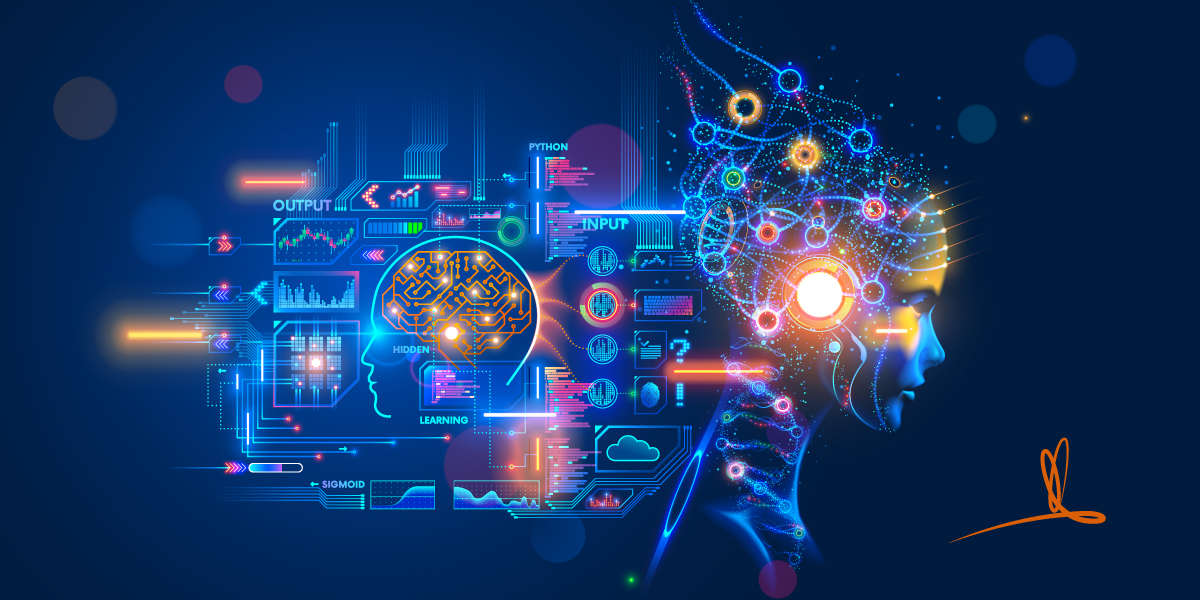Machine Learning
Machine Learning
Machine Learning with AI
Machine learning has been a buzzword for the past few years and many companies are implementing it. We are still in the early days of machine learning, so I am using this term as an example of what we can do in our day-to-day life without having to go deep into Math to understand these things. But most importantly, we are all about machines!
The following is from my talk at Google’s annual developer conference on ‘Machine Learning and Data Science’ at Stanford University and is based on information found here (the slides are here and here)
Machine Learning vs Artificial Intelligence
Machine learning is different from artificial intelligence. If you think like a programming language (a machine) and make a program for example, that makes a car…machine learning isn’t something you can think of as such. It’s something that you develop to make your system better over time. For example, if your school system was not teaching your class material well, then you would have to implement more advanced programs or tools to help them, which will cost money.
So how does machine learning help? Let’s explain. I will use some examples for the next couple of weeks and by the end of the week we should be able to come up with some real machine learning projects.
Some examples
Machine Learning (NLP) — NLP involves finding patterns in data, typically in text, for example, to suggest the next words when you type a search query
Text classification — identifying whether a given part of a speech is a noun, verb, or preposition. This works well since we are trying to predict an outcome based on a string of characters
Recurrent Neural Networks — these networks can learn relationships between sequences of data points
Visualization and Classification — making observations from images, or even from speech, and grouping those observations. One approach for visualizing recurrent neural networks is called convolutional neural networks and they also work well
A very good way of understanding how machine learning works is to look at a simple example of a system that learns to make predictions!
A great dataset to work with is Netflix’s Translate feature, to translate subtitles into another language! This could be useful if there isn’t good audio in a given language so it is always good practice to add subtitles so people who are watching subtitles can understand what they are saying. The goal is to get an accurate translation of what you are saying! You don’t want to translate too much but not enough because then you don’t learn the nuances of the language. This is easier said than done. In this case, the goal is to have correct translations in one language and wrong ones in the other as well! If you had 2 people translating each other's subtitles, and there were 100 possible combinations, then the system does not generalize well, but if you had 1 person and 1,000 possible pairs then it is good practice!
In this post, we will discuss three main types of machine learning algorithms. They are the supervised, unsupervised, and reinforcement types. The last post in this blog series goes deeper into the details of each type and how they are applied.
Supervised Learning
What is Supervised Learning? Supervised learning (also known as regression) helps us to see how much a certain set of features, like temperature, weather, or human health, affect the output of a given function of a system. This system starts by giving it the training data. When you feed it new data, what it says is a function of parameters, but those parameters are changed each time you feed it these new values, so it is changing its function as it learns over time. A good example could be in predicting when someone is going to fall in their chair and falls, using supervised machine learning to determine when the machine can accurately predict when someone is likely to hurt while sitting down, without actually seeing them!
Let’s take a closer look at a typical ML model:
The basic idea is: that our model is taking input x, and the corresponding output is y. Using this formula, our model decides how much y we should increase until we get good accuracy across our entire dataset concerning the original x we used to start with! By tweaking x and y then, we train this algorithm to predict when someone falls!
We will be working through all of these things during my next blog post so stay tuned!

Comments
Post a Comment